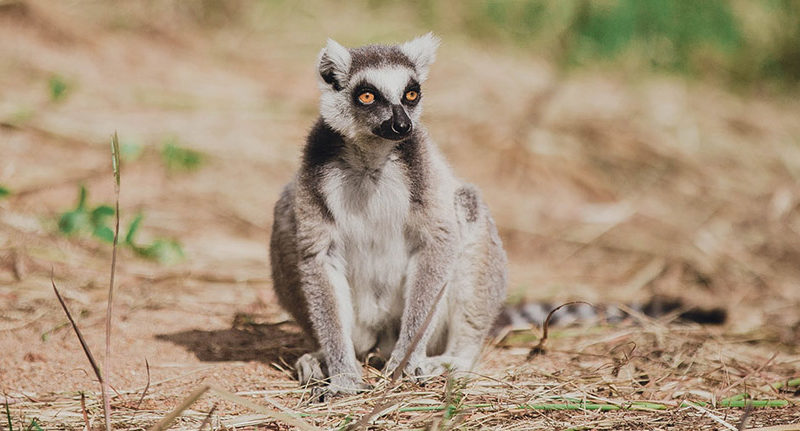Discovering Madagascar Fauna Mammals: A Unique Wildlife Experience
Madagascar, the fourth-largest island in the world, is a treasure trove of biodiversity. Among its many natural wonders, Madagascar fauna mammals stand out as a key attraction for nature enthusiasts and wildlife researchers alike. With over 240 described species of mammals and ongoing discoveries, Madagascar offers a unique glimpse into evolution in isolation. From the iconic lemurs to elusive nocturnal creatures, this island is a living laboratory of mammalian diversity.
The Incredible Diversity of Madagascar Fauna Mammals
Madagascar is home to an astonishing variety of mammals, many of which are found nowhere else on Earth. These include tenrecs, lemurs, rodents, and carnivores, all of which likely originated from a single colonizing event, possibly via oceanic rafting. Over millions of years, these animals have evolved in remarkable ways, adapting to the island’s diverse ecosystems.
Interestingly, some mammals arrived with human assistance, such as the Asian Musk Shrew (Suncus murinus), Small Indian Civet (Viverricula indica), Black Rat (Rattus rattus), Brown Rat (Rattus norvegicus), House Mouse (Mus musculus), and Bush Pig (Potamochoerus larvatus). Among these, rats and mice are the most frequently encountered.
Lemurs: Madagascar’s Primate Treasure
Among Madagascar fauna mammals, lemurs are the most celebrated. These primates account for 15% of the world’s primate species and subspecies, 20% of its genera, and a third of all primate families. From tiny mouse lemurs to the extinct “gorilla” lemurs, all species share a common ancestor and exhibit incredible diversity in size, behavior, and social structure.
Lemurs are highly vocal and communicate through a wide range of calls. They play a central role in Malagasy forests, both ecologically and culturally. Local guides always prioritize lemur spotting in protected areas, making encounters with these charming creatures a highlight for visitors.
Nocturnal Life Among Madagascar Fauna Mammals
Many of Madagascar’s mammals are nocturnal, making night walks one of the most exciting ways to experience wildlife. Three of the five lemur families are primarily nocturnal, as are tenrecs, rodents, and bats. Malagasy carnivorans show a range of activity patterns from diurnal to entirely nocturnal.
Night walks in national parks like Andasibe-Mantadia or Ranomafana offer a chance to spot elusive mammals. Patience and time spent in the forest are key, as tenrecs, rodents, and smaller carnivorans are often shy and hard to observe.
Breeding and Seasonal Patterns of Madagascar Fauna Mammals
Most lemur species time their reproduction to coincide with the wet season when food is abundant. Eastern species usually give birth between September and November, while western species breed slightly later. This makes a visit between October and February ideal for seeing baby lemurs in the wild.
Understanding breeding seasons also helps researchers and wildlife enthusiasts anticipate animal behavior, track population trends, and plan responsible ecotourism activities.
How to Spot Fauna Mammals in the Wild
Finding Madagascar fauna mammals requires patience, local knowledge, and sometimes luck. Here are some tips:
-
Join guided tours: Local guides know the best spots for spotting lemurs and other mammals.
-
Night walks: Essential for nocturnal species like tenrecs, rodents, and bats.
-
Know the ranges: Some species are unique to specific regions, simplifying identification. For example, confusing groups like woolly lemurs and sportive lemurs usually have only one species per location.
-
Timing matters: Visit during the wet season to observe newborns and more active wildlife.
Conservation and the Future
Madagascar’s mammals face serious threats from habitat loss, hunting, and climate change. Conservation efforts in national parks and reserves are critical to protect this unique biodiversity. Ecotourism plays an important role, providing funding and awareness to support these efforts.
By understanding and appreciating Madagascar fauna mammals, visitors can contribute to preserving this irreplaceable natural heritage.
Conclusion
Madagascar’s mammals are not just wildlife—they are living symbols of evolution, adaptation, and biodiversity. From the enchanting lemurs to nocturnal tenrecs, the island offers unforgettable experiences for wildlife lovers. Observing Madagascar fauna mammals in their natural habitats is a journey into one of the most unique ecosystems on the planet.
HT AGENCY TOURS
Luxury Madagascar with the best luxury African safari tours packages. Discover your next perfect destination with HT Agency Tours

